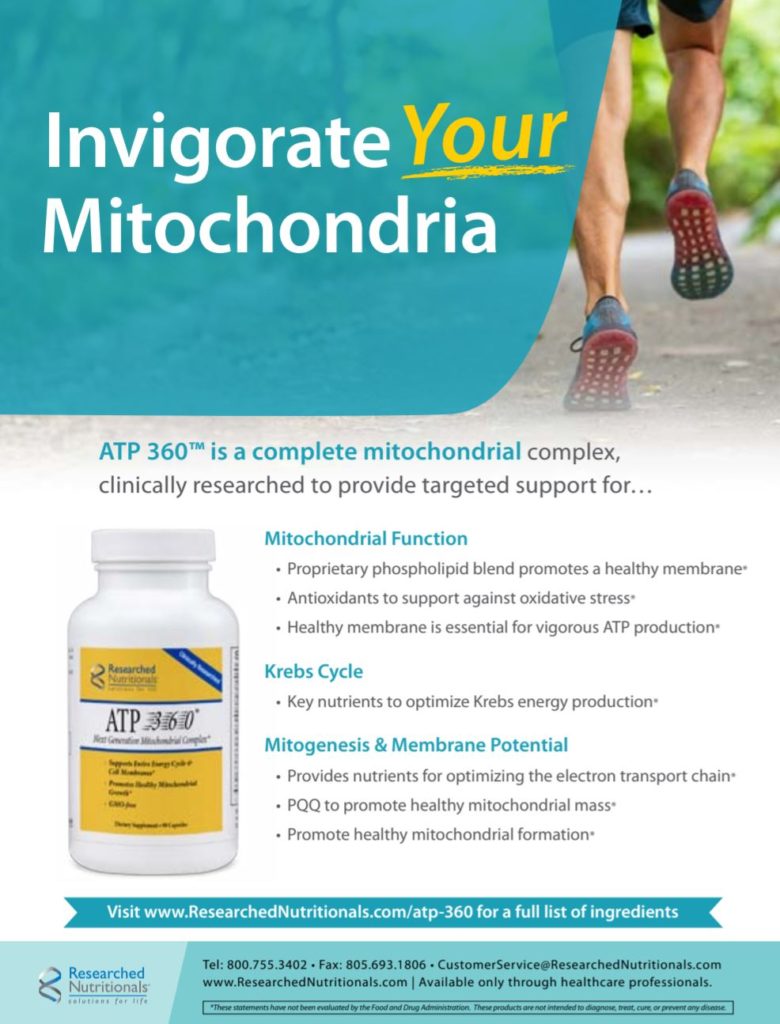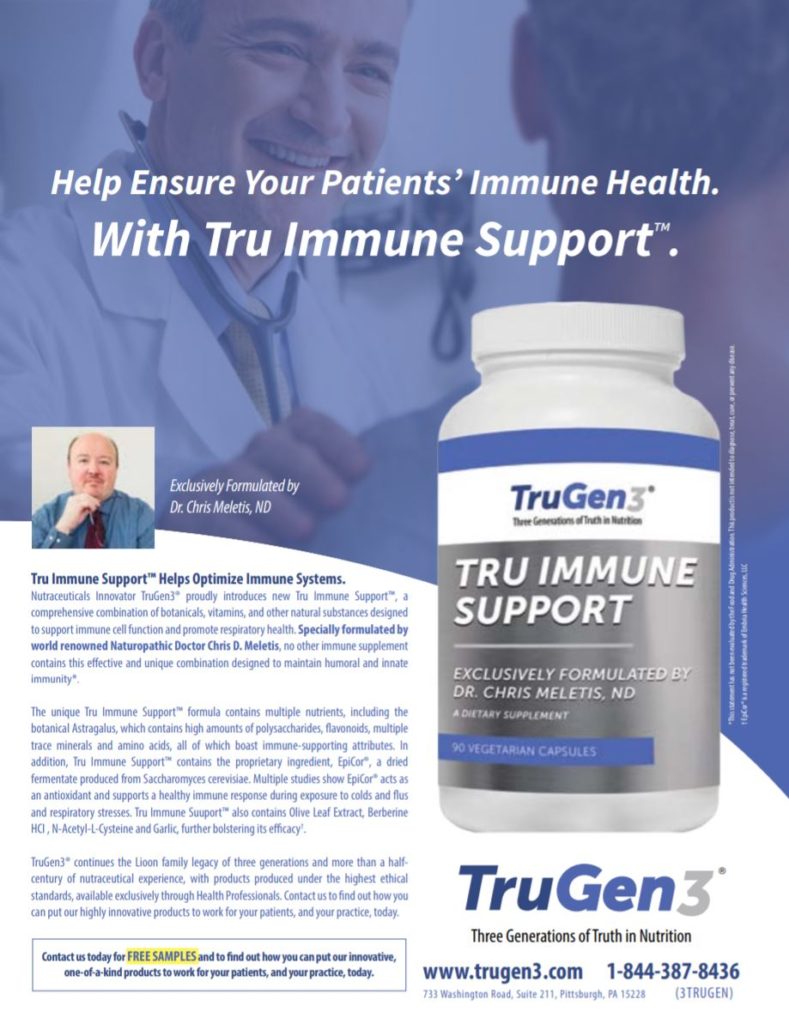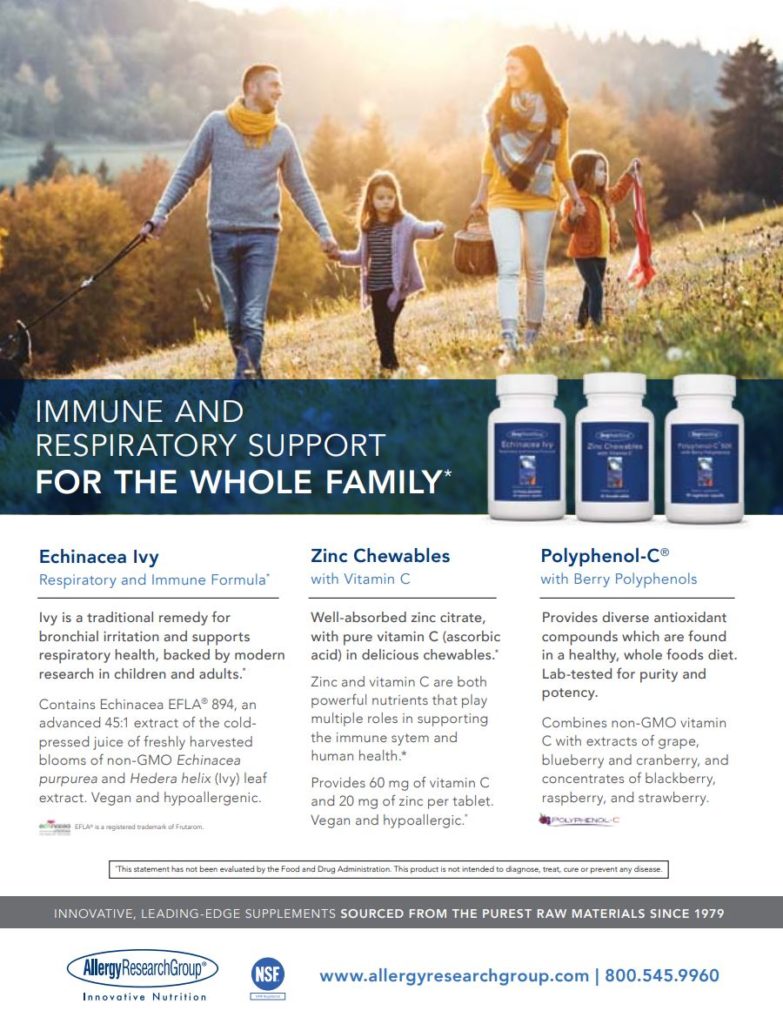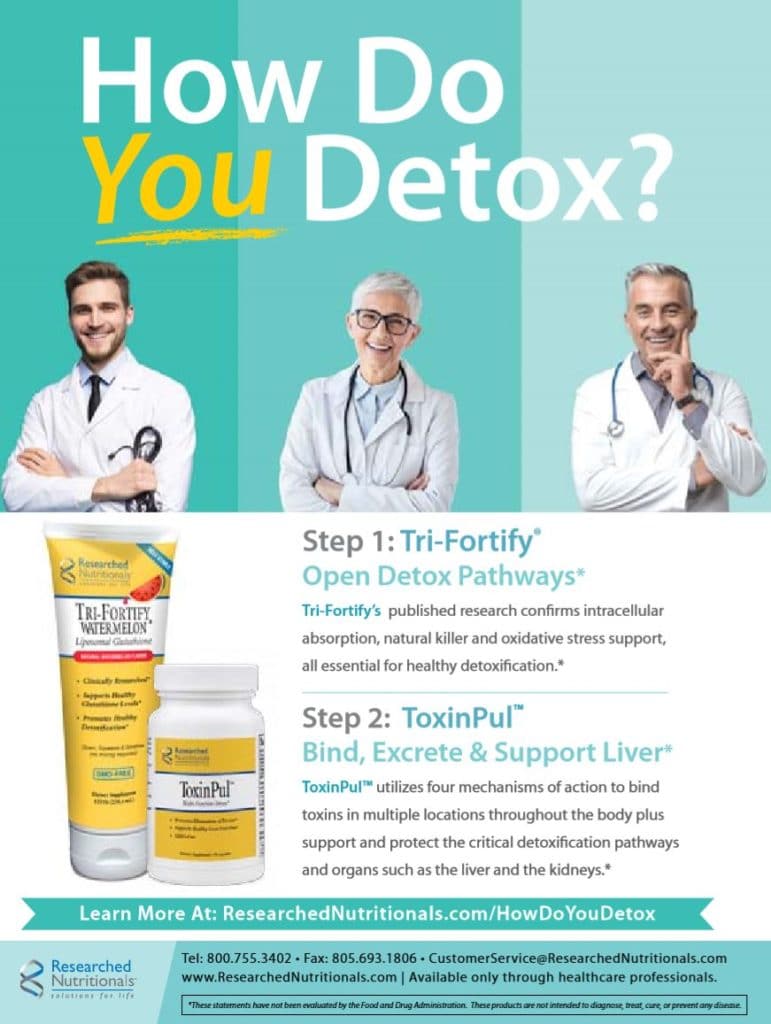More Musings on the COVID-19 Pandemic

his beautiful wife Deborah,
and their grandchildren
It’s not plague, but the pandemic is real and testing our resilience. As I write this, the SARS-CoV-2 has mutated, according to genomic studies in the UK and South Africa; supposedly the B117 variant is purportedly more infectious. Simultaneously, the launch of the Pfizer and Moderna vaccines has begun in the UK and the US with great fanfare; the health professionals and nursing home patients have tolerated their injections quite well with very few developing major allergic reactions. And not in the least, intensive care units in California, the Mountain West, the South, and in the Great Lakes are filled to the rafters with COVID-19 patients; and more keep appearing in emergency rooms in respiratory distress. Whether a patient survives or not seems almost like a game of craps—betting against a seven roll is a fool’s wager. Medicine wants only evidence-based medicine to be administered; so beyond oxygen and respirators and IV’s, the mainstay treatment appears to be remdesivir, mono-clonal antibodies, and dexamethasone. But intravenous ascorbic acid remains unproven, so it is not evidence-based. Consequently, no one is receiving IV vitamin C as part of their treatment in the ICU.
For a treatment that would cost the hospital at most $50 daily, this is such a dereliction of duty, an appalling travesty that is undoubtedly costing thousands of patients their lives. Even if such treatment were to fail in 80% of patients (which I would bet it wouldn’t), it is malpractice to deprive a treatment that is without adverse effect to 20+% of patients who are likely to die. Of course, we could enumerate here other treatment supports, including glutathione, vitamin D, vitamin A, and zinc, but intravenous ascorbic acid is the key omitted therapy. The irony of the situation is that it cannot be administered in the clinic setting by alternative practitioners who routinely infuse vitamin C because of the absence of on-site quarantine facilities. Of course, we can advocate for the public to use vitamin D and vitamin C as well as other nutraceutical support. In the interim, the rollout of vaccines will continue and presumably by the summer 50% of the population will have been injected. For those who opt not to be vaccinated, vitamin D and C supplementation should be routine even though public health authorities do not recommend their use. We can only hope that the B117 variant does not turn COVID-19 into a more devastating pandemic.
A Healing Virus?
As I have often marveled, The New Yorker is a wonderful source of medical information, particularly of the sort that readers of the Townsend Letter enjoy—cutting edge research illustrated with case reports that are ignored by mainstream media. In the December 21 issue, Nicola Twilley writes about the intriguing research of phage therapy that is now being investigated at the University of California-San Diego.1 Using bacteriophage viruses to treat bacterial infections is not new; it has been used in Eastern Europe for over 80 years. In 2018 Steffanie Strathdee, an infectious disease epidemiologist, and Robert Schooley, a virologist, founded the first US phage therapy center, the Center for Innovative Phage Applications and Therapeutics (IPATH) at the UC-San Diego. Twilley details how Dr. Strathdee hunts for phages by first collecting sewage water, a source teeming with bacteriophage likely to be capable of infecting antibiotic-resistant bacteria such as Pseudomonas.
Bacteriophage are viruses that only infect bacteria; theoretically they are harmless to humans and other animals and plants. They infect bacteria in the same manner that COVID-19 infects human cells; once the virus enters the bacteria, it highjacks the bacteria’s DNA, forcing a mass replication of phage DNA and leading to an explosion of viruses. When sufficient phage are produced within the bacteria, the bacteria “explodes” and dies. Estimates of the activity of phage are thought to be a trillion, trillion infections of bacteria taking place per second meaning half of all bacteria are killed every two days1 Hence, bacteriophage play an extremely important role in controlling how bacteria function in our microbiome and body. A bacterial infection that has become septic, particularly one that is resistant to antibiotics, frequently is without recourse. If a phage were to be applied in such a circumstance, the MRSA or sepsis might be readily defeated without adverse effect or new resistance. However, finding the right bacteriophage for the specific bacteria causing the infection is a tricky business. Indeed, most phage viruses will not be able to infect the sick individual’s disease-causing bacteria. Researchers at IPATH keep bacterial pathogens—E. coli, Enterococcus, and Pseudomonas—available to test a phage’s infectivity. Those phage found to be effective in infecting pathogenic bacteria are maintained and catalogued for phage treatment.
Twilley’s article discusses how phage therapy worked out for several patients with very serious antibiotic-resistant bacterial infections. Not unexpectedly some experienced severe complications and did not make out well. Because phage commandeer bacterial DNA, it is possible that the bacteria may inadvertently become more virulent. Still in this pandemic time when everything we read and hear is about the need to control a virus, it is refreshing to be reminded that viruses play a critical role in maintaining control over bacterial organisms that threaten us with a multitude of infections.
Cover Story: Pamela Smith, MD, on Melatonin
For those of you who attend A4M (American Academy of Anti-Aging Medicine) conferences, Dr. Pam Smith is a familiar face. She is the founder of the Fellowship in Anti-Aging, Regenerative and Functional Medicine. Pam is frequently called upon to lecture about bio-identical hormones at the A4M national and international conferences. Currently she is the director of the Center for Personalized Medicine in Transverse, Michigan. Moreover, Dr. Smith also participates in academic work at the University of South Florida where she is co-director of the master’s program in metabolic and nutritional medicine at the Morsani College of Medicine.
Anti-aging medicine was not always Smith’s thing. After graduating from medical school, she was an ER doc. But at age 40 she suddenly found herself an insomniac; and despite evaluation by eleven physicians, she was not given any sensible explanation for her sleeplessness. Around this time when her health was endangered, she attended an A4M conference and was shocked to discover that salivary testing of her hormones revealed that her progesterone level was essentially nil. Following a prescription of progesterone, her insomnia resolved. This piqued Dr. Smith’s interest, leading to her enrollment in an A4M fellowship. After passing the written exam, she needed to complete oral tests; but this required patient charts, which would not be available as an ER doc. So, she opened a small practice devoted to bio-identical hormone therapy. Dr. Smith thought the clinic would only be a temporary project, but she ultimately joined together with other practitioners knowledgeable in hormone therapy and anti-aging medicine. Today she is the director of her own clinic, the Center for Personalized Medicine.
Pam Smith is also not new to Townsend Letter readers: in 2015 she wrote about PCOS, in 2016 she discussed the importance of reverse T3, and in 2017 she examined treatment modalities for PMS.2,3,4 Smith’s books include Vitamins: Hype or Hope as well as HRT: The Answers—A Concise Guide for Solving the Hormone Replacement Therapy Puzzle. In this issue Smith explores the role of melatonin in our health—she informs us that it is not just something to use for insomnia.
Women’s Health Featuring Dr. Tori Hudson
Townsend Letter readers are familiar with the writing of Tori Hudson, ND, who has penned her Women’s Health Update column for 30 years. Dr. Hudson is currently serving as a clinical professor at the National University of Naturopathic Medicine (NUNM), Southwest College of Naturopathic Medicine, and Bastyr University. She is medical director of her clinic, A Woman’s Time in Portland, Oregon. Hudson is the director of product research and education for Vitanica. She is the recipient of numerous awards in naturopathic medicine, including the 1999 Naturopathic Physician of the Year Award, and in 2012 was inducted in the NUNM Hall of Fame. Hudson’s writing includes being the author of the Women’s Encyclopedia of Natural Medicine (2008). She has been featured annually in the February/March issue of the Townsend Letter focusing on women’s health.
In this issue’s “Women’s Health Favorites from 2020,” Dr. Hudson examines naturopathic approaches to managing bacterial vaginosis. While docs and patients frequently misdiagnose this vaginal infection, the fishy odor, grey or greenish discharge, and alkaline pH of the vagina distinguish BV from candidiasis. For many women the problem is that, despite symptomatic relief with initial treatment, BV recurs frequently. For those who are looking for alternatives to metronidazole, Hudson provides natural medicine protocols both for acute and chronic recurring bacterial vaginosis.
Because Dr. Hudson’s clinic focuses on women’s health issues, this issue’s article on “Testing Updates” provides a must read for gynecologic practices. It turns out that asking the patient about when she had her last period is not the best way to determine the onset of menopause—and measuring FSH levels is not much better. But there is another hormone test that more sensitively predicts the onset of menopause. Hypothyroidism is a relatively easy diagnosis—but not necessarily in pregnant women. Hudson points out that diagnosing subclinical hypothyroidism during pregnancy is critical as it may make a major difference in fetal development. This issue’s tour de force is testing and diagnosis of patients with HPV and cervical dysplasia. The days of doing a Pap smear and referring the patient for a hysterectomy have long passed. Hudson reviews the strategic risk management in a patient having positive HPV genotype testing and high-grade squamous intraepithelial lesion cytology. For those who would like additional information about Dr. Hudson’s recommendations for natural treatment of cervicitis, read “Sample treatment plans for HPV and abnormal Pap smears” in the Feb/March, 2017 issue available at www.townsendletter.com.
1. Twilley, N. A Healing Virus? The New Yorker. Dec. 21, 2020; 32-37. https://www.newyorker.com/magazine/2020/12/21/when-a-virus-is-the-cure?utm_source=onsite-share&utm_medium=email&utm_campaign=onsite-share&utm_brand=the-new-yorker
2. Smith, P. PCOS: A common endocrine disorder. Townsend Letter. 2015; 381, 61-66.
3. Smith, P. The importance of reverse T3. Townsend Letter. 2016; 396, 89-90.
4. Smith, P. Treatment modalities for PMS. Townsend Letter. 2017; 405, 36-39.








